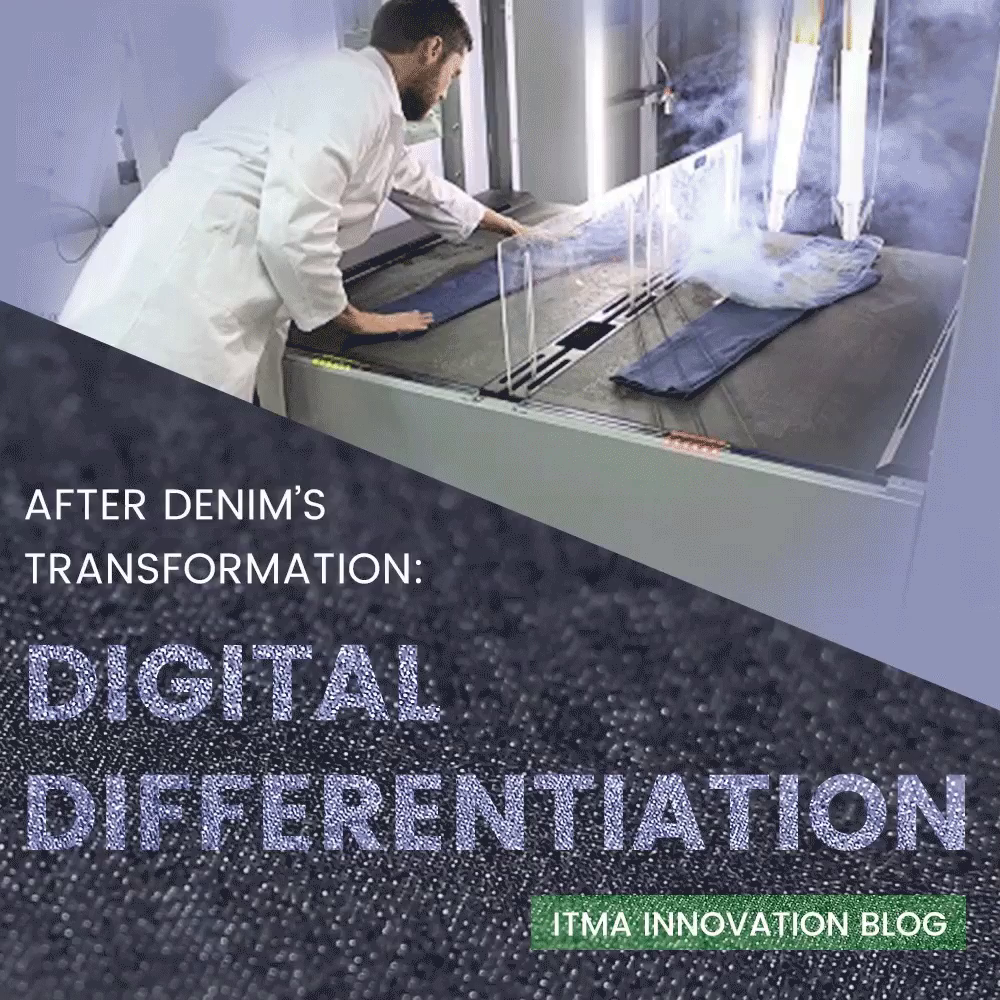After denim's transformation: Digital differentiation

16 22
September 2027
Messegelaende HannoverGermany

I spotted an interesting article by Henry DeVries on the Forbes website while travelling to Barcelona this week, on why trade shows are still important.
If someone tells you trade shows are yesterday’s news, they are making a gross miscalculation,” he writes. “There are no bad marketing strategies. Everyone is unique, and everyone needs a mix that works for them. ‘All you need is online marketing’ is one of the world’s three great lies.
He quoted statistics compiled by the website spingo.com which finds that the average cost of a face-to-face meeting with a potential customer at a trade show is US$142, while the cost of a face-to-face meeting at a customer’s office is US$259.
According to Alice Heiman, co-founder of TradeShow Makeover, “the key to success with any event is preparation and yet, it’s where people spend the least time and effort.
Open for business
Let’s hope you’re prepared for this ITMA if you're already here, but it's not too late to plan a visit before it closes on 26 June, of course.
At this morning’s opening press conference, CEMATEX president Fritz P. Mayer announced that the show had broken all records in terms of exhibitors, with 1,717 companies from 45 countries taking part.

Pictured at the opening press conference (left to right) are ITMA Services Chairman Charles Beauduin, CEMATEX president Fritz P. Mayer, and Amex Amtex president Jordi Galtés,
The show is a total sell out with all halls full and the linked walkways also being also used,” he said. “This has been achieved despite a backdrop of economic challenges and trade tensions which are not helpful to business, but the textile industry has demonstrated its resilience before now.
By country, the biggest exhibitor is Italy with 364 exhibitors, followed by 276 from China, 222 from Germany, 169 from India and 164 from Turkey. Italy also leads in terms of floor space, accounting for around 26% of the total 114,500 square metres of space booked.
Sustainable Innovation
Immediately after the opening conference, the winners of the ITMA Sustainable Innovation Award were announced.
The Sustainable Innovation Award comprises two categories – the ITMA Industry Excellence Award, celebrating the collaboration of ITMA exhibitors and their customers, and the ITMA Research & Innovation (R&I) Excellence Award for Master’s students of the exhibiting institutions at the R& I Pavilion which is being held in the linkway next to halls 6 and 7 here at Fira de Barcelona Gran Via.
There were three collaboration finalists competing for the Industry Excellence Award, which celebrates textile and garment manufacturers who have leveraged technological innovations to advance business sustainability:
The winner is Candiani, nominated by Lenzing.

Fritz P. Mayer with Roberto Candiani and Tricia Carey of Lenzing at the ITMA Sustainable Innovation Award.
Candiani’s Re-Gen fabric comprises 50% Tencel x Refibra Lyocell made from pulped cotton scraps and wood pulp using Lenzing’s closed-loop process and the other 50% consists of post-industrial recycled fibres from Candiani’s own manufacturing waste.
Fibre producer Lenzing is exhibiting here at ITMA 2019 in Hall 3.
“Refibra lyocell is the first commercially-viable manmade cellulosic fibre using waste to make new lyocell fibre,” explained Tricia Carey, Lenzing’s director of global business development for denim. “Refibra technology uses post-industrial cotton waste which is made into pulp. This pulp is combined with wood pulp and utilises the closed-loop manufacturing of lyocell to make new fibre. Additionally, Refibra technology incorporates fibre identification, so there is transparency in the supply chain.
“It’s interesting to note that all three of us finalists have been involved in efforts to clean up the denim industry,” added Roberto Candiani, of Candiani. “We are definitely flying the indigo flag here, but there’s a long way to go. In our work with Lenzing and Refibra we have proved for the first time that a regenerated product can be as good, if not better, than the products from which the waste came from in the first place – and we have not made any compromises on either aesthetics or performance. Five years ago, I would not have believed this was possible.
R&I Excellence
The ITMA Research & Innovation (R&I) Excellence Award also had three finalists:
And the winner, to his notable exhilaration, was Mathias Zidda.
v“As the world continues to face sustainability challenges, it is heartening to see the successful collaboration between technology providers and industry users, which benefits consumers and has a positive impact on the environment and business bottom line. We would like to congratulate all the finalists for their outstanding efforts,” Fritz P. Mayer concluded.
A full agenda on the sustainable issues now impacting all along the textile chain will also be covered at Planet Textiles on Saturday (22 June) here in the conference centre. It will feature a keynote speech oby H&M’s head of sustainability, Pascal Brun, who will give fresh insights on the fashion giant’s work on innovation, circularity and the business case for reducing the environmental impact of textile production.
At other press conferences today held by both the VDMA German textile machinery association and Japan’s print technology leader Mimaki, strong cases were made for the sustainable advantages of the digitisation of the textile supply chain, about which I’ll be reporting more in later blogs.
Subscribe to our mailing list and stay up-to-date with news and developments in ITMA and the textile and garment industry.